Are you looking to start using a Montessori approach with your infant or toddler from the very beginning but aren’t entirely sure how or where to start? You are in the right place!
To implement Montessori for your infant or toddler, simply scroll down to find your child’s level of development. Each category has a brief description of key developments during that stage, recommended resources and activities (including links to additional posts on this blog), and resources if you want to go deeper. I recommend choosing one or two activities and/or resources to implement at a time. As you become more comfortable and have implemented the basic ideas found here, click on over to my Infants and Toddlers board on Pinterest to browse for ideas to dive deeper into Montessori at home. (Note: This page contains affiliate links.)
Prior to becoming a parent, or finishing my undergraduate degree even, I spent a lot of time as an assistant and/or lead teacher in infant and toddler group classrooms. My experiences there, along with my technical training in infants and toddlers, are a big part of my philosophy of infants and toddlers. The things I’ve learned about Montessori have only complimented my training and you will see a blended approach below. Over time I have become more inclined towards the RIE approach to motor skills development and depending on when a post was written the recommendations will fall somewhere along the spectrum from my traditional training to learning about Montessori to adding in RIE. Remember, this is only a starting point.
Developmental Profile: Often considered the fourth trimester, infants in this developmental stage are adjusting to life outside the womb. They will spend most of their day eating and sleeping. They enjoy people and faces and prefer a calm environment with less sensory input. Key *milestones* I watch for are focusing on faces and hands and head control while on the tummy if you are doing tummy time. With each child I have offered less and less tummy time and I like this post over at the Kavanaugh Report to kind of explain the options/rationale.
Recommended Activities & Environment: Tell me what newborns need other than lots of love? Lots of time in the loving arms of parents, siblings, and other loved ones is my prescription for the early months. Get plenty of sleep when you have opportunities. Talk to your baby while you feed and change them. Make silly faces. At some point during this point, babies will begin to imitate facial expressions. Stick out your tongue and they just might copy you!
Spending some time on the floor each day playing with your child will help strengthen the muscles they need for all of the big motor milestones of the first two years. A safe movement area will allow your child to start to explore with their eyes and then later with their body.
If your child dislikes spending time on his or her belly, try laying back on a couch or recliner and placing your baby on your chest and talking with them face to face. While I recommend limiting activities away from home as much as possible, a daily stroll with baby in a cozy sling is beneficial for mom and baby!
Additional Resources: For materials and toys at this age there aren’t a lot. The only official material I have are vision mobiles and mirrors (preferably a low mounted wall mirror- keep your eyes out at thrift and garage sales). I also use high contrast geometric images and beautiful oversized books to provide interesting art for baby to observe. Your baby may enjoy listening to quiet music and will probably enjoy spending time in a sling or other baby carrier.
Recommended Activities & Environment: This age is about continuing to encourage what was started with the itty-bitties. Lots more holding and loving, transitioning into more floor time to encourage rolling and the development of additional motor skills. Continue to keep baby’s environment simple and uncluttered, with minimal extra noise and distractions. Bring a blanket outside for additional floor time practice. A light slope can provide gentle incentive for rolling, just be careful to stay close to baby for safety!
Toys and materials are simple grasping toys and rattles. I recommend having a variety of grasping toys and rings, but only keeping a couple out at one time. Your child will be quickly overwhelmed by a big basket or pile of toys, but can focus exploring the same item for many moments. Towards the end of this phase they will be able to securely hold toys in their hands, transfer between hands, and bring them to their mouth. Vision mobiles can giveaway to tactile mobiles, but be sure to secure them in a way that allows for safe exploration.
Avoid much time in chairs, swings, supported sitters, or exersaucers that limit the natural development of mobility. These types of things can be a great extra pair of hands to keep baby safe during times when mom has things that can’t be done safely with a grabby baby “helping”, but shouldn’t be used as primarily playtime activities.
Additional Resources:
Developmental Profile: When you find your baby under a table or on the other side of the room, you have entered the older baby stage! To me this stage represents the beginning of the true development of individual skills. Weaning (from bottle or breast) begins at some point during this stage with learning to self feed and drink from a cup. Baby likes to feel part of the family, so instead of the traditional weaning table set apart from every else during meal times, I recommend investing in a restaurant style wooden high chair that pulls directly up to the table or using a good booster seat in a regular chair. Save the small chair/table for snack time!
The motor skills that are such a big developmental task at this stage really don’t need that much encouraging or special treatment, in my opinion. Making things available on the child’s level will motivate movement in the child’s own time and in the child’s own way. While not, specifically related to this post, I talked a little about motor skills development in the top half of this post.
Recommended Activities & Environment: This is the age when the infant/toddler materials begin their draw. The object permanence boxes, imbacure boxes, and first discs on dowels. This is the range most of those materials are kind of aimed towards. The development of hand/eye coordination for these tasks compliments the hand/eye coordination needed for the task of developing those self- feeding skills and the cognitive development really begins to show through in the infant’s understanding of their world and how things work. What starts with the object permanence box becoming a baby repeatedly opening and closing the kitchen drawers to see what is inside!

Additional Resources:
Younger Toddler
Developmental Profile: Once full mobility and proficient walking is achieved, exploring the world takes on new earnest. At this age there is lots and lots of exploring, both inside and out.
Recommended Activities & Environment: This is the age when I find an organized shelf with materials that I rotate frequently to be very valuable. This is a graphic I put together of one of my fall infant shelves a few years ago. Work continues in the earlier infant/toddler materials and expands into more advanced versions and extensions, building cognitive and fine motor skills. Looking back, I find that this is a fairly busy shelf both in color and in number of items/space. My toddler shelves now typically have fewer items in more space.
Developmental Profile: The *terrible* twos are a busy period for any growing boy or girl! This stage, in my experience, is marked with less interest/appearance in specific works or cognitive skills and an intense focus in practical life.
Your child should be eating meals on the same schedule as the rest of the family, with generally the same foods. If they are not already eating at the table, from an open cup, and self feeding this is the time to master that. By this age, your child may be a sturdy enough sitter and climber to sit in a high chair (with or without arms) that pulls directly to the table. IKEA sells several junior chairs that we have used successfully with this age group.
Recommended Activities & Environment: We usually start art projects around this age and lots of helping around the house, both inside and out. You will notice my pictures at this age are all of my daughter. The boys have all been busy testing out their new motor skills and more interested in the digging, climbing, pounding, hammering works that happen outside….and away from the camera (at least since I didn’t have an iPhone when my older boys were toddlers). The exact nature of the activities they are drawn to may be different, but the philosophy/focus in basically the same. Whatever activities your child is drawn to naturally should be extended to include them in whatever ways possible. Have your child assist you in setting the table, raking leaves, folding wash clothes, and more.
Mastery of toilet learning, in my observation, seems to be the big marker of the end of the infant/toddler stage. This is when I have noticed my kids preparing to move into the primary sequence of early sensorial and continuing their practical life. This has happened between 2.5 and 3 for pretty much all of my kids. The cognitive focus on activities that involve sitting (such as the older baby and even younger toddler stages) seems to become more doable again after this great task has been accomplished. (I define accomplished as completely independent both in initiating potty usage and cleaning up after accidents. I am very hands off when it comes to schedules, charts, and mom initiated potty and clean up.)
Additional Resources:
Thoughts on the “Terrible Twos”: It is my personal/ professional opinion that much of the toddler *drama* that is observed in this age range is the result of making the stages to preschool an incremental cognitive step rather than allowing for this stepping back to focus on practical life and self-care skills. Two is the new three and academic and “enrichment” is creeping further down to this age group, even including pencil paper type work and extensive memorization. I try really hard not to roll my eyes when someone tells me all about their revolutionary language program they are using with their 2 year old to teach reading and letter skills. I’ve even had people tell me these are Montessori methods. I can assure you that the Montessori label may have been slapped on to sell a product, but this is not Montessori. They want time, not toys.
The current model of thinking encourages scaling the side of the mountain going straight up from infant knowledge to kindergarten with the theory that we can implore tricks and tips and speed up the climb (or at least that the rate is steady from birth through 5). I think the more realistic model is that there are times when cognitive development is increasing more quickly and times when it appears to be standing still while other skills are mastered. More of a rolling hill, with ups and downs on the way to the top of the mountain. This is really the Montessori sensitive periods in a nutshell, but I think it’s even more complex than what she has observed and documented when applied to our modern culture of earlier and more is better. (More of my thoughts on Montessori Infant/Toddler theory versus application, particularly at home.
SaveSave

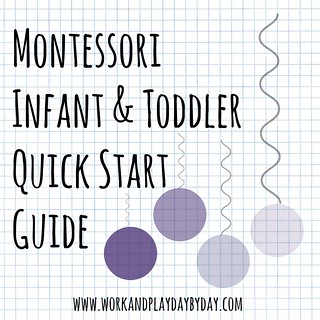

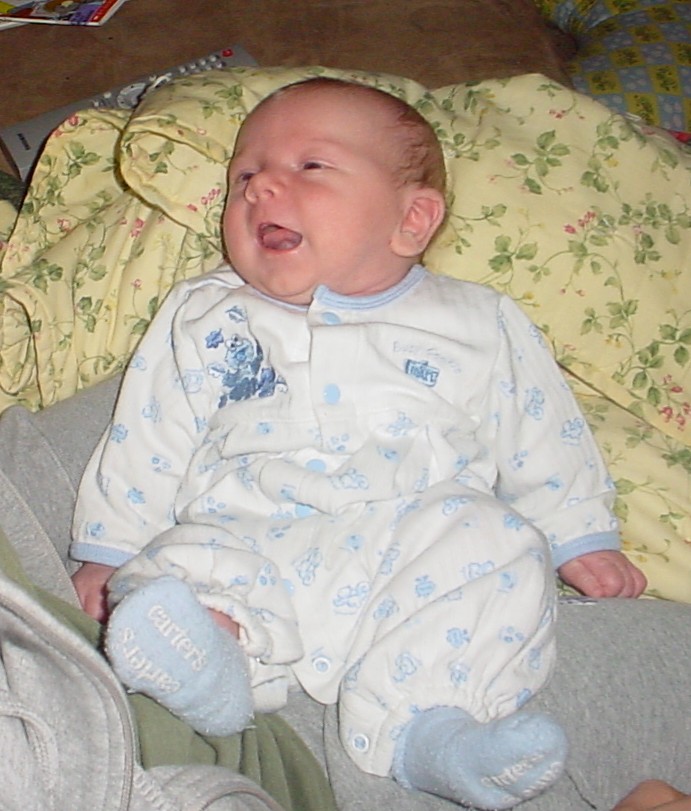
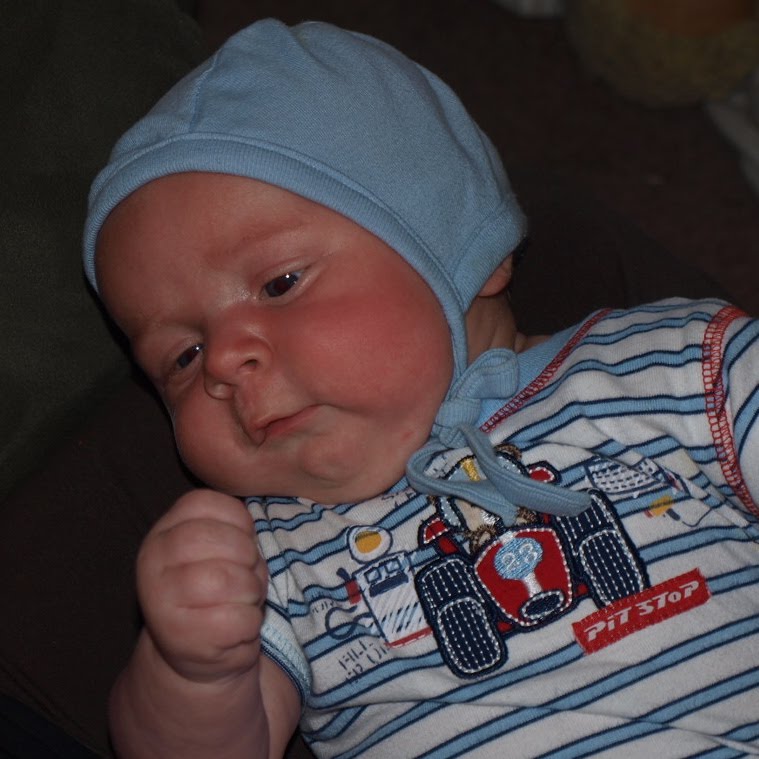






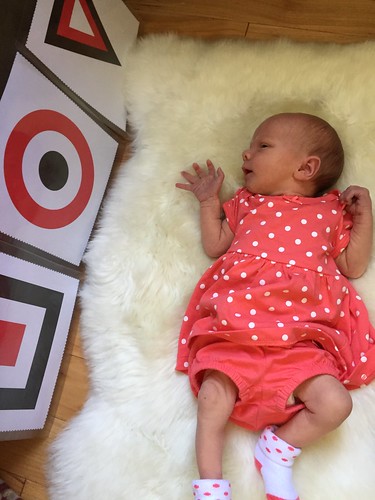
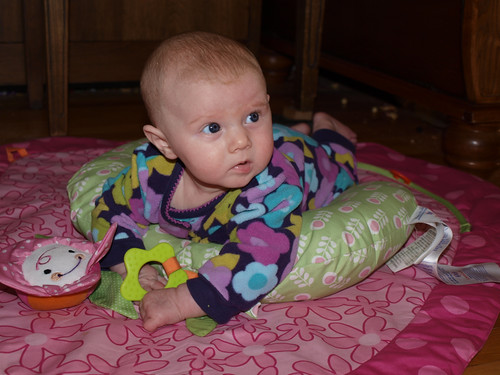




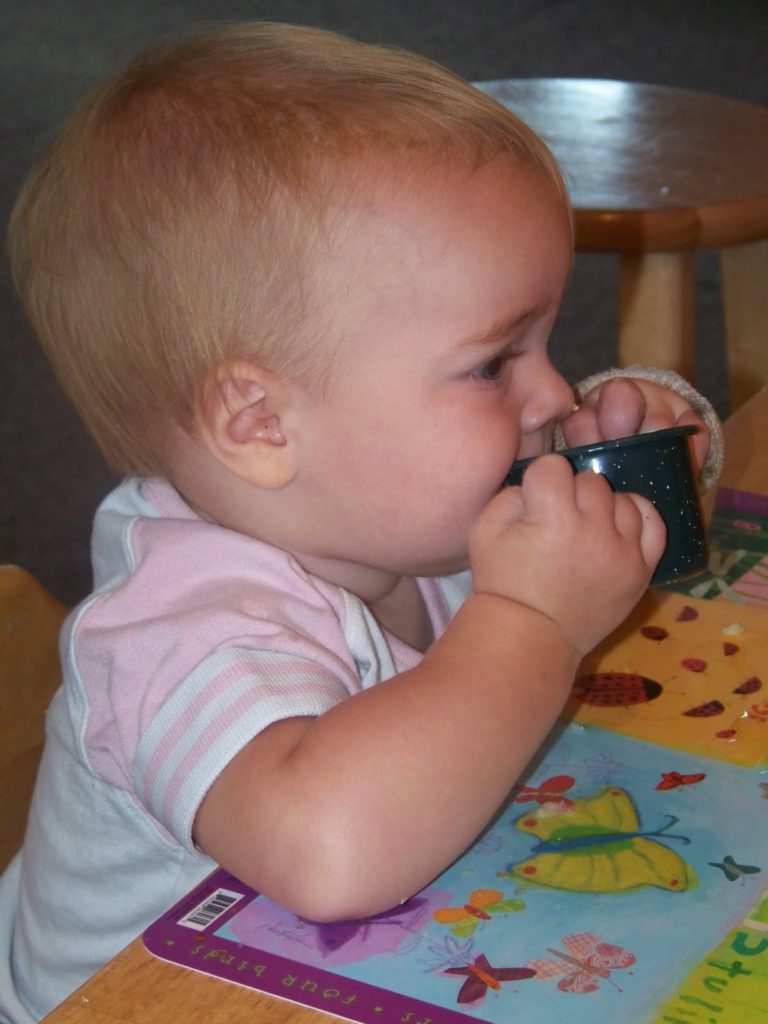
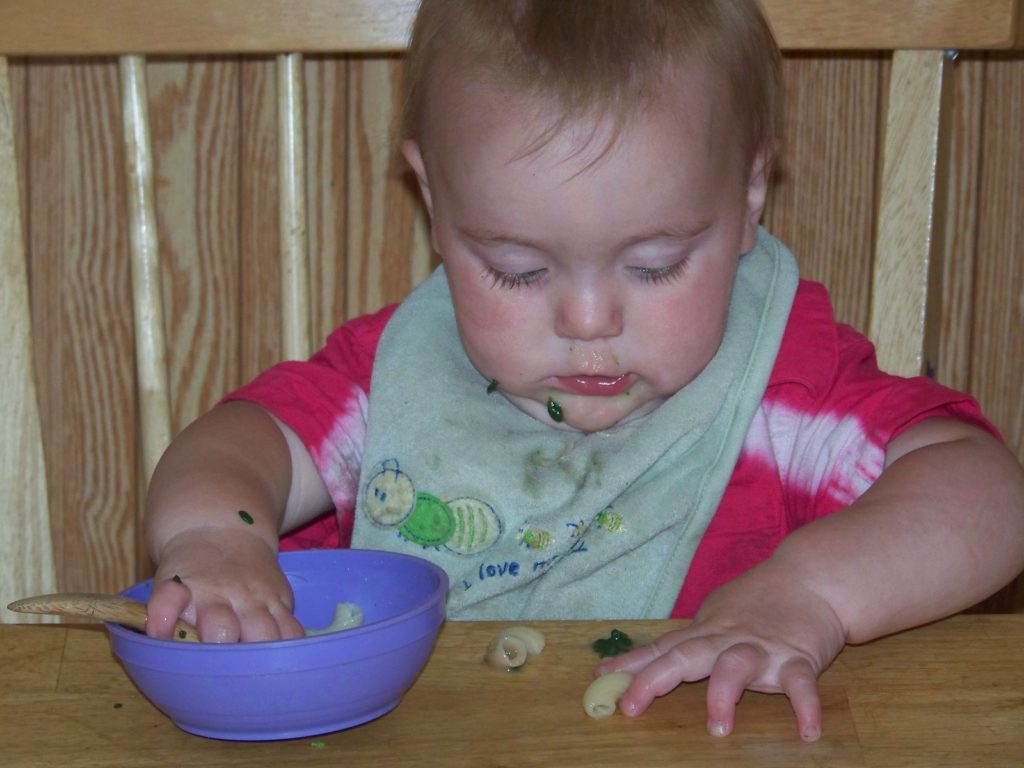
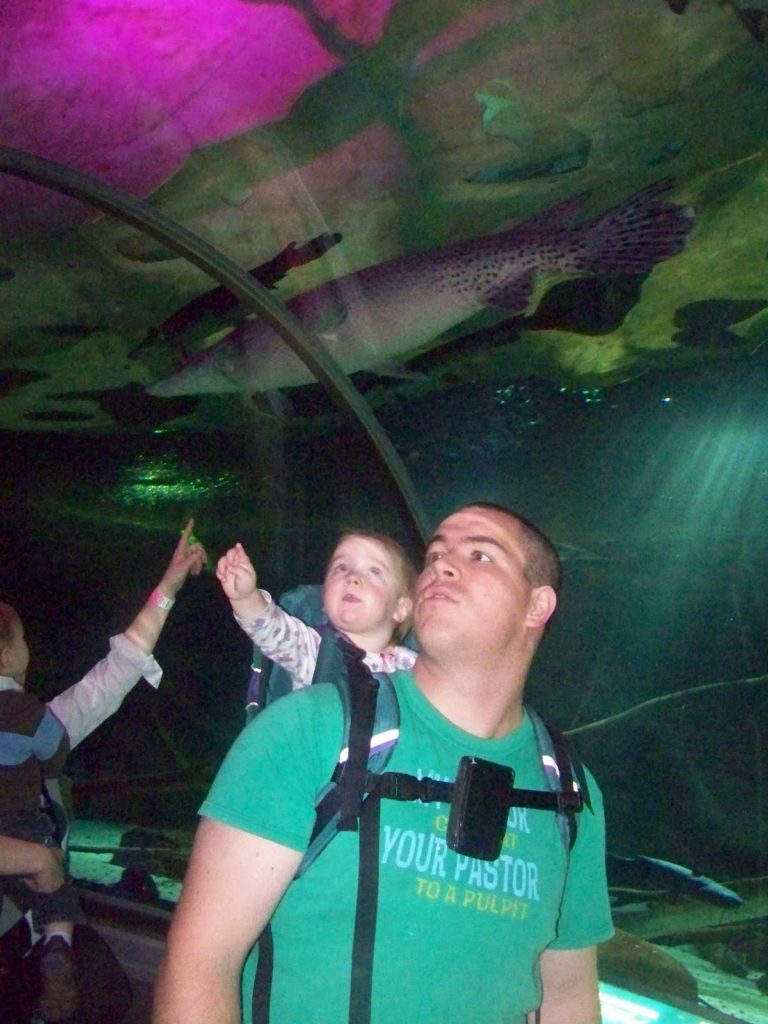





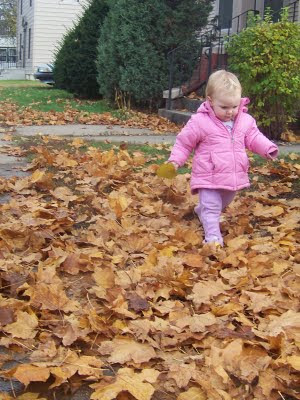
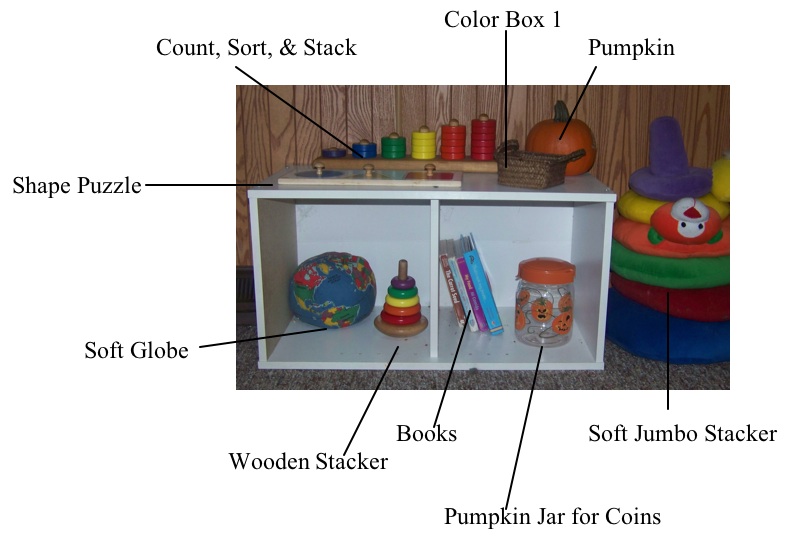
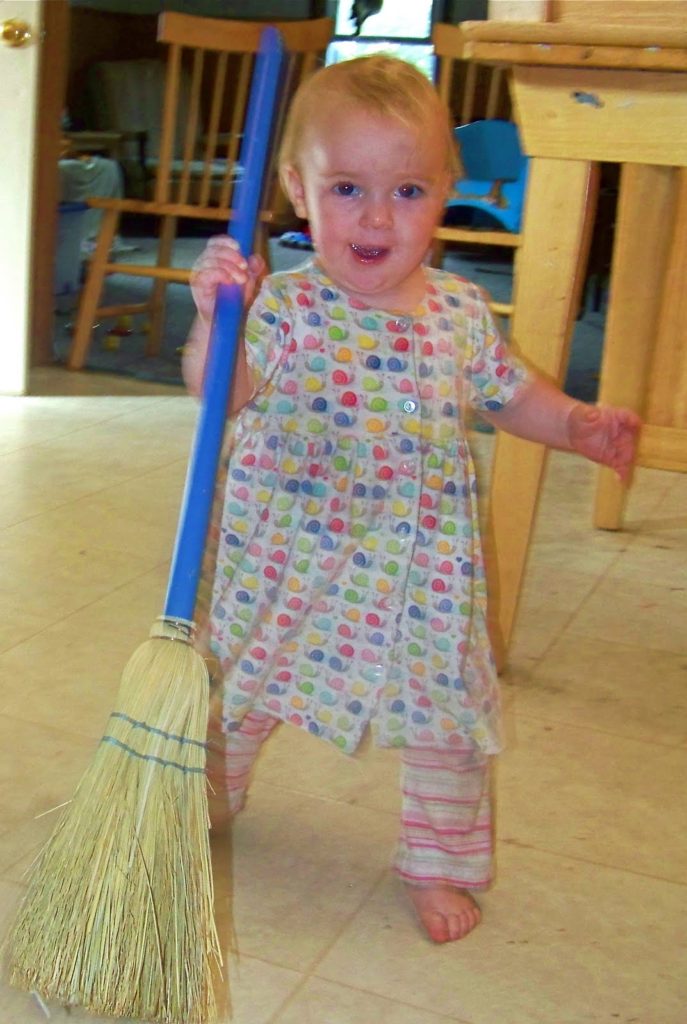
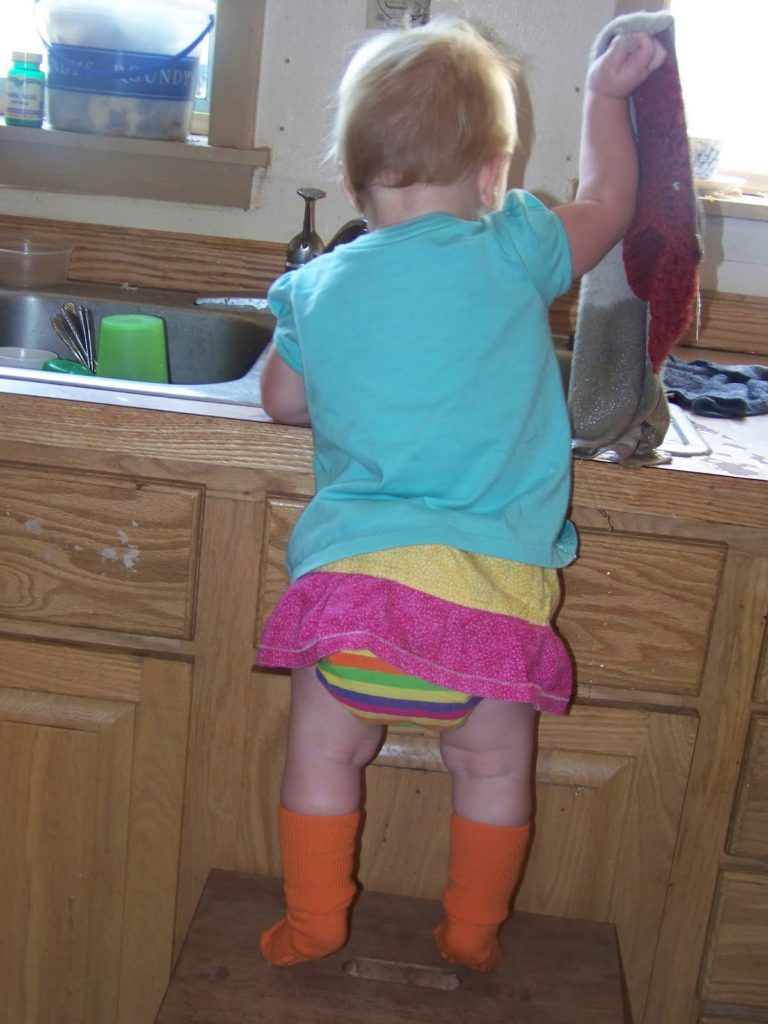
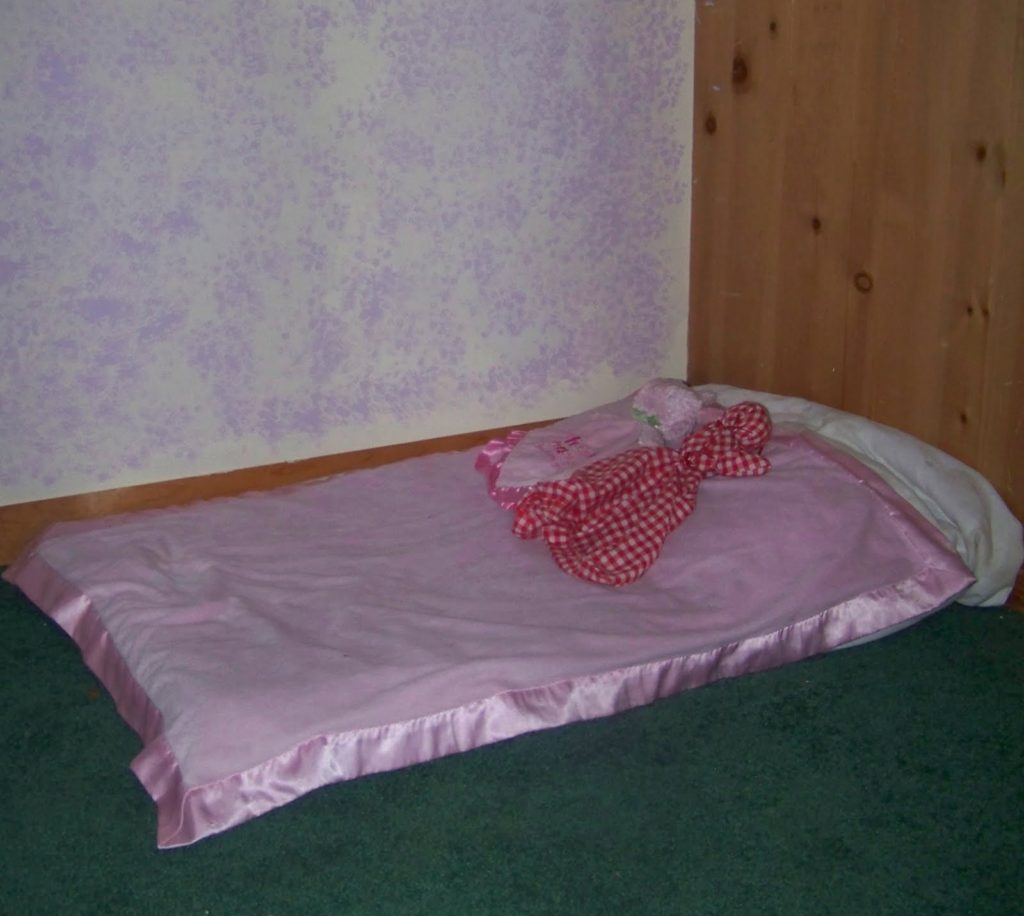
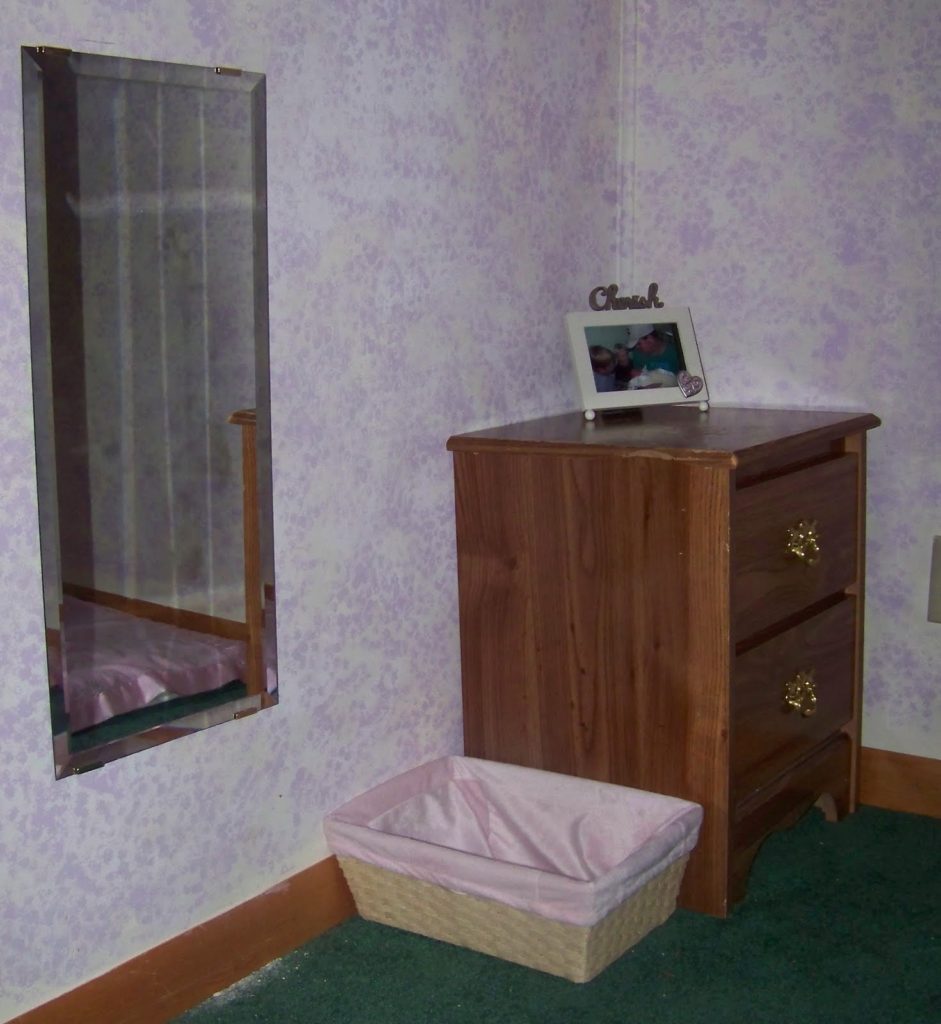
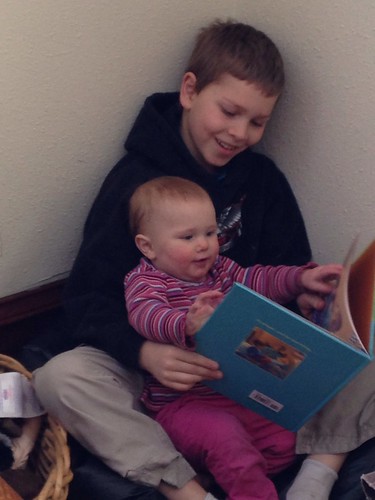





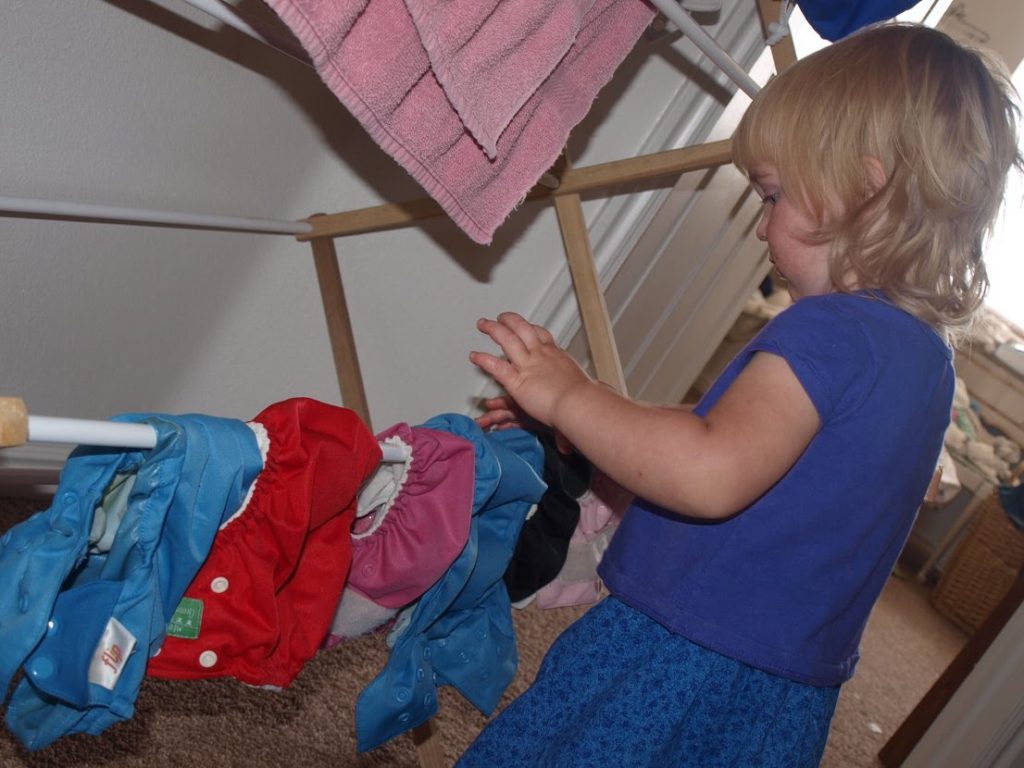
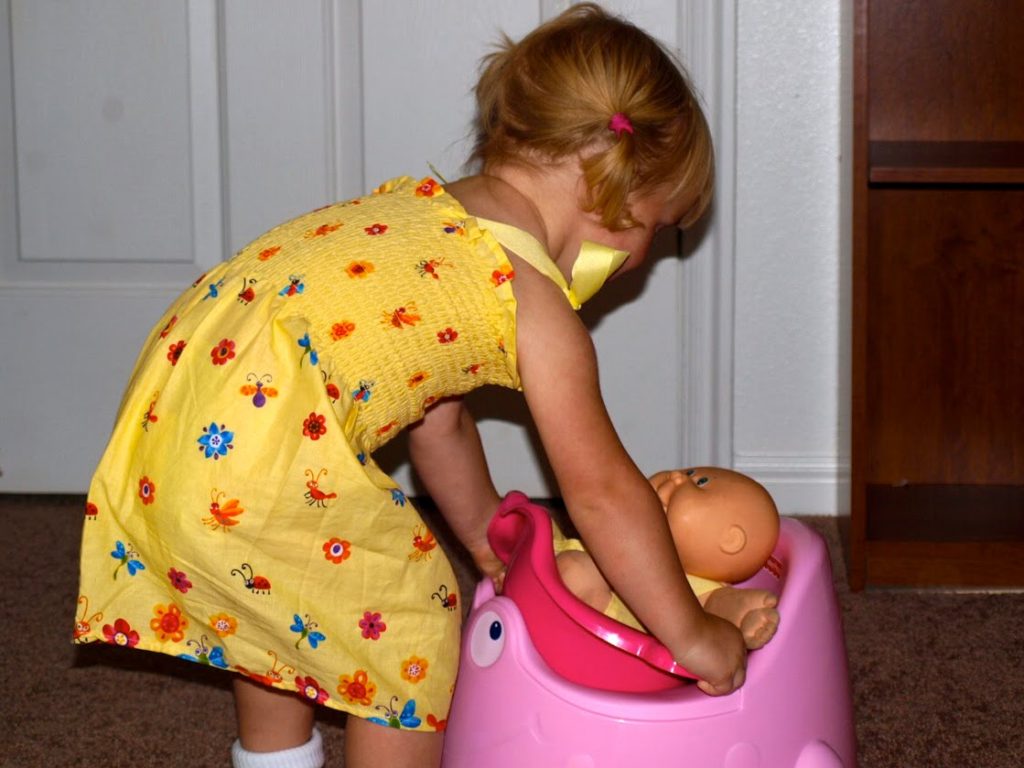

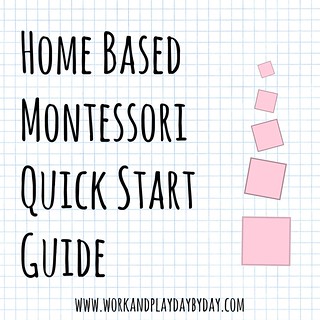
Recent Comments